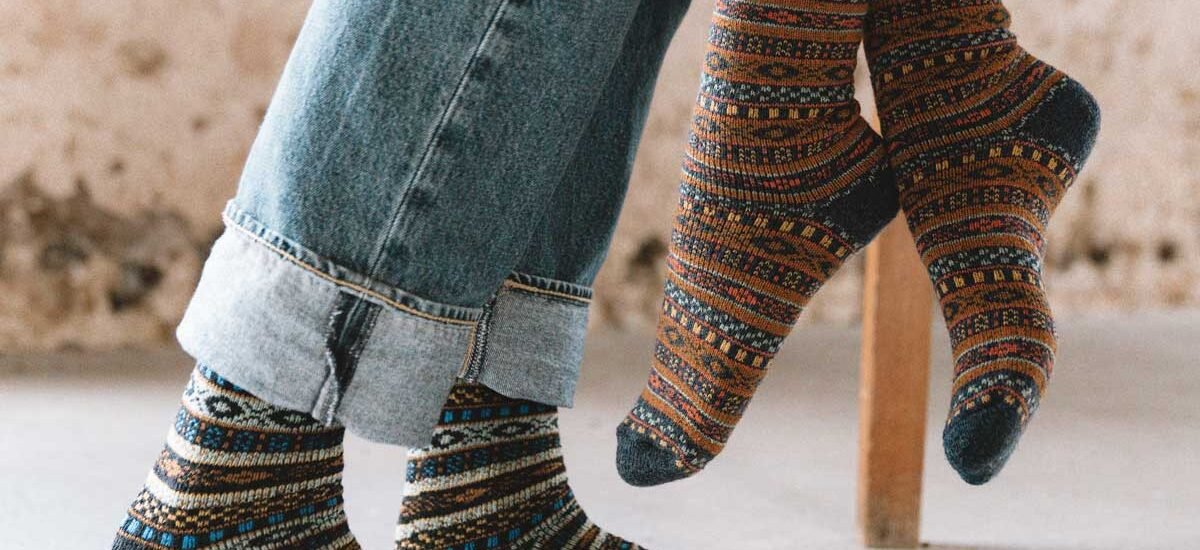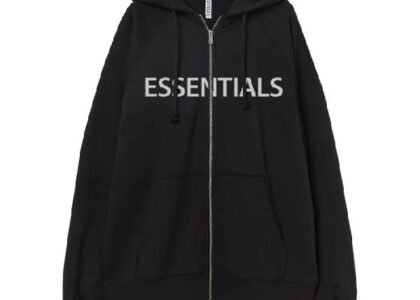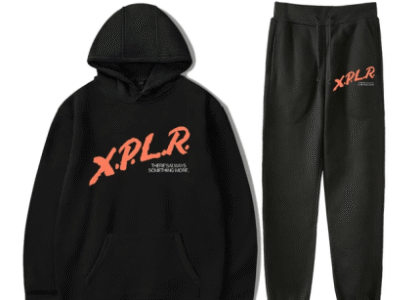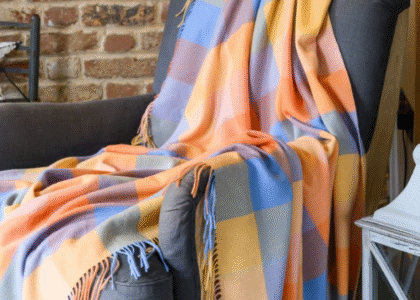Choosing the right gear for cold-weather activities can make the difference between a comfortable adventure and a miserable one. While jackets, boots, and gloves often get the most attention, winter socks play an equally crucial role in keeping you warm, dry, and protected from the elements. Brands like Nordic Socks have long understood that well-designed socks are more than just accessories they’re essential tools for outdoor comfort and performance.
When temperatures drop and you’re facing snow, ice, and wind, the right pair of winter socks can prevent numbness, blisters, and even frostbite. Selecting them isn’t just about style or thickness; it’s about understanding materials, fit, layering, and activity-specific needs.
The Role of Winter Socks in Outdoor Comfort
Winter socks are more than just foot coverings. They are designed to insulate, manage moisture, and provide cushioning during cold-weather activities. Outdoor environments can be harsh whether you’re hiking, skiing, or simply shoveling snow, your feet need reliable warmth and protection.
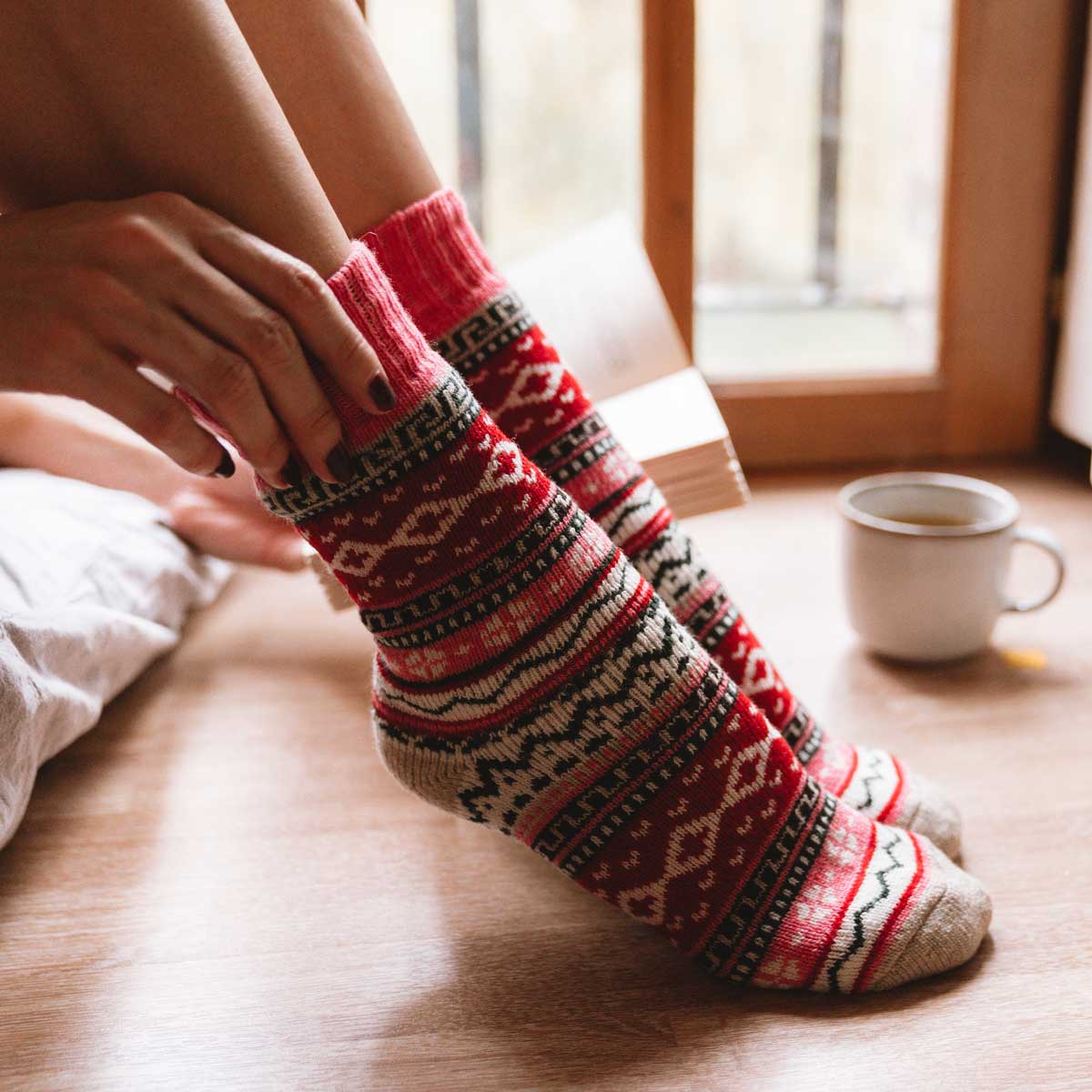
A well-made winter sock acts as a thermal barrier between your skin and the cold ground while also wicking away sweat. This balance is critical because moisture is one of the fastest ways to lose heat. Even in freezing weather, your feet can sweat, and without proper moisture management, that sweat can chill rapidly, making you colder.
Understanding the Best Materials for Warmth and Performance
The choice of fabric has the greatest impact on how your socks perform outdoors. Since polyester and bamboo aren’t part of this guide, let’s focus on natural and high-performance fibers that excel in cold conditions.
Merino Wool
Merino wool is widely considered the gold standard for winter socks. It offers superior insulation while remaining breathable, and it naturally resists odors. Unlike traditional wool, merino fibers are fine and soft, reducing the itchiness many associate with wool. Merino wool also has excellent moisture-wicking capabilities, meaning it can pull sweat away from your skin and still retain warmth, even when damp.
Alpaca Wool
Alpaca wool provides outstanding warmth and is naturally water-repellent. It’s softer than sheep’s wool and has hollow fibers that trap more heat without adding bulk. Alpaca socks are an excellent choice for people with sensitive skin, as they are hypoallergenic and free of lanolin.
Silk Blends
Silk is rarely used on its own for winter socks, but as part of a blend, it offers a smooth texture and excellent moisture control. Silk liners are thin, lightweight, and ideal for layering under thicker wool socks for extreme cold.
Cotton (Limited Use)
Cotton should generally be avoided for high-intensity winter activities because it retains moisture, which can make your feet cold. However, for casual outdoor wear in dry, mild winter conditions, a cotton-wool blend can provide softness and comfort.
Choosing the Right Thickness for the Activity
Sock thickness directly influences warmth, but thicker doesn’t always mean better. The right thickness depends on your activity level and boot fit.
-
Lightweight Socks: Ideal for high-intensity activities like cross-country skiing or winter running. They provide warmth without overheating and fit well in snug performance boots.
-
Midweight Socks: Versatile for general outdoor use, from hiking to snowshoeing. They offer a balance of insulation and breathability.
-
Heavyweight Socks: Best for extreme cold, low-activity situations, or when you’ll be standing still for long periods, such as ice fishing or working outdoors.
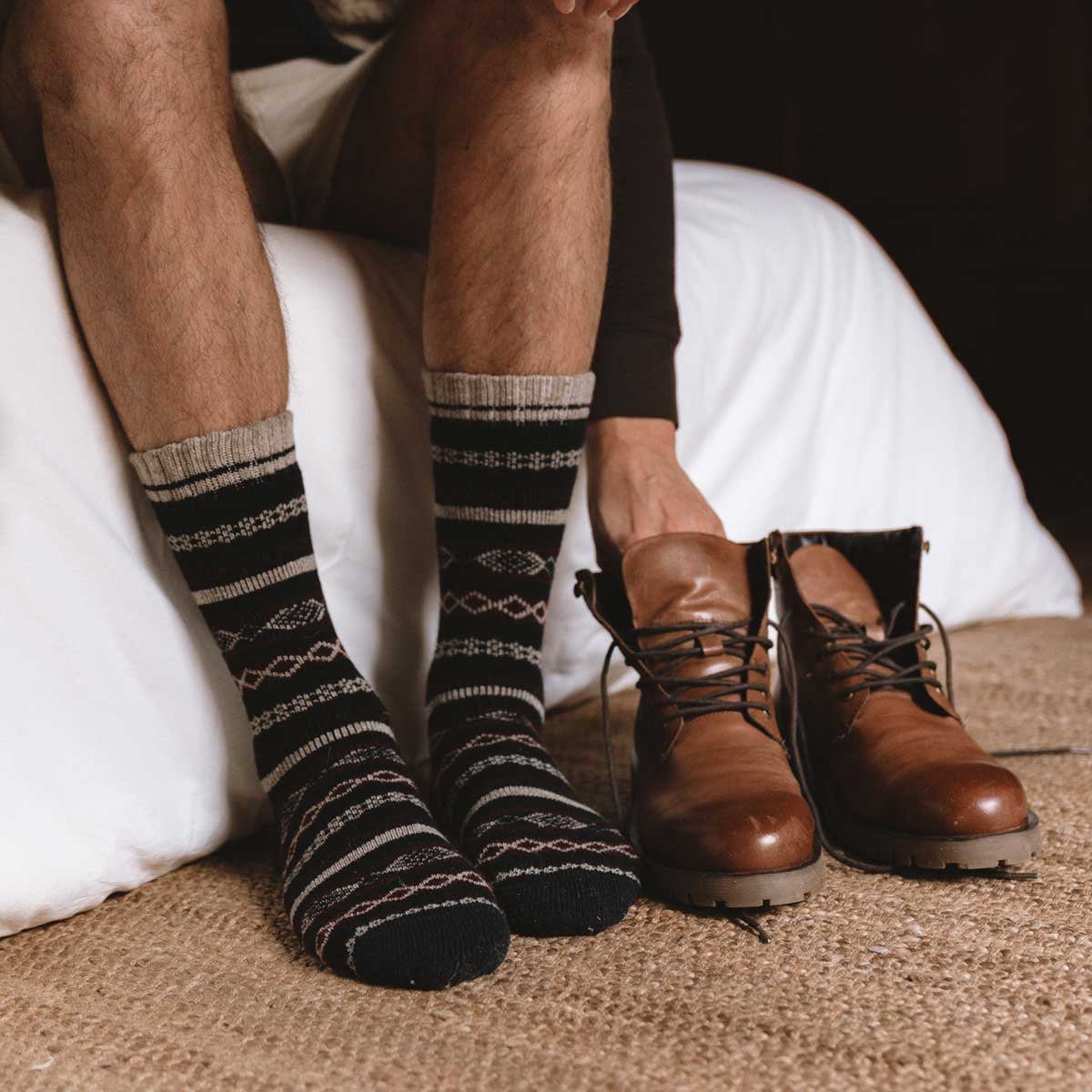
Importance of Proper Fit
A poorly fitting sock can ruin even the best pair of winter boots. Too tight, and circulation is restricted, making your feet colder. Too loose, and you risk friction, which can lead to blisters.
Look for socks that:
-
Have a snug but not restrictive fit around the arch and heel.
-
Stay up without bunching or slipping down inside the boot.
-
Provide enough toe room for circulation without feeling cramped.
Layering Socks for Extreme Conditions
In very cold climates or for extended outdoor stays, layering can be an effective strategy. A thin liner sock made from silk or fine merino can help wick moisture away from the skin, while a thicker outer sock provides insulation. Just ensure that the combined thickness doesn’t make your boots too tight, as that will counteract the benefits by reducing circulation.
Cushioning and Support Features
Winter socks often include extra padding in key areas such as the heel, ball of the foot, and shin. This added cushioning not only increases comfort but also helps absorb impact during activities like hiking or skiing. Some designs also incorporate arch support to reduce fatigue during long days outdoors.
Color and Style Considerations
While performance should always come first, style matters too — especially if you plan to wear your socks in both outdoor and casual settings. Nordic-inspired patterns and rich winter tones can make socks both functional and visually appealing. Wool-blend socks often hold dyes well, allowing for vibrant designs without compromising performance.
Sock Care for Longevity
High-quality winter socks are an investment, and proper care ensures they last for many seasons.
-
Wash in cold or lukewarm water to preserve fibers.
-
Avoid bleach or fabric softeners, which can damage natural materials.
-
Air dry whenever possible to maintain elasticity and shape.
By caring for your socks, you preserve their insulating and moisture-wicking properties, ensuring consistent performance.

Conclusion
The right winter socks can transform your outdoor experience, keeping your feet warm, dry, and comfortable no matter the conditions. Brands like Nordic Socks specialize in creating high-performance designs that blend natural fibers, thoughtful construction, and lasting comfort. When choosing socks for winter outdoor use, consider the material, thickness, fit, cushioning, and activity level. With the right pair, you can confidently face the cold and focus on enjoying the season rather than battling it.
FAQs
What is the best material for winter socks?
Merino wool is often considered the best because it provides warmth, breathability, and moisture control, even when damp.
Can I wear cotton socks in winter?
Cotton retains moisture and is not ideal for active winter activities. However, cotton blends can be fine for casual wear in dry, mild winter weather.
Should winter socks be tight or loose?
They should fit snugly without restricting circulation. Too-tight socks can make your feet colder, while loose socks can cause friction and blisters.
How many pairs of winter socks should I bring for a multi-day trip?
Bring at least one pair per day plus an extra in case socks get wet. Keeping a dry pair is essential for warmth.
Is layering socks better than wearing one thick pair?
Layering can be effective in extreme cold, but ensure the combined thickness doesn’t make your boots too tight.


